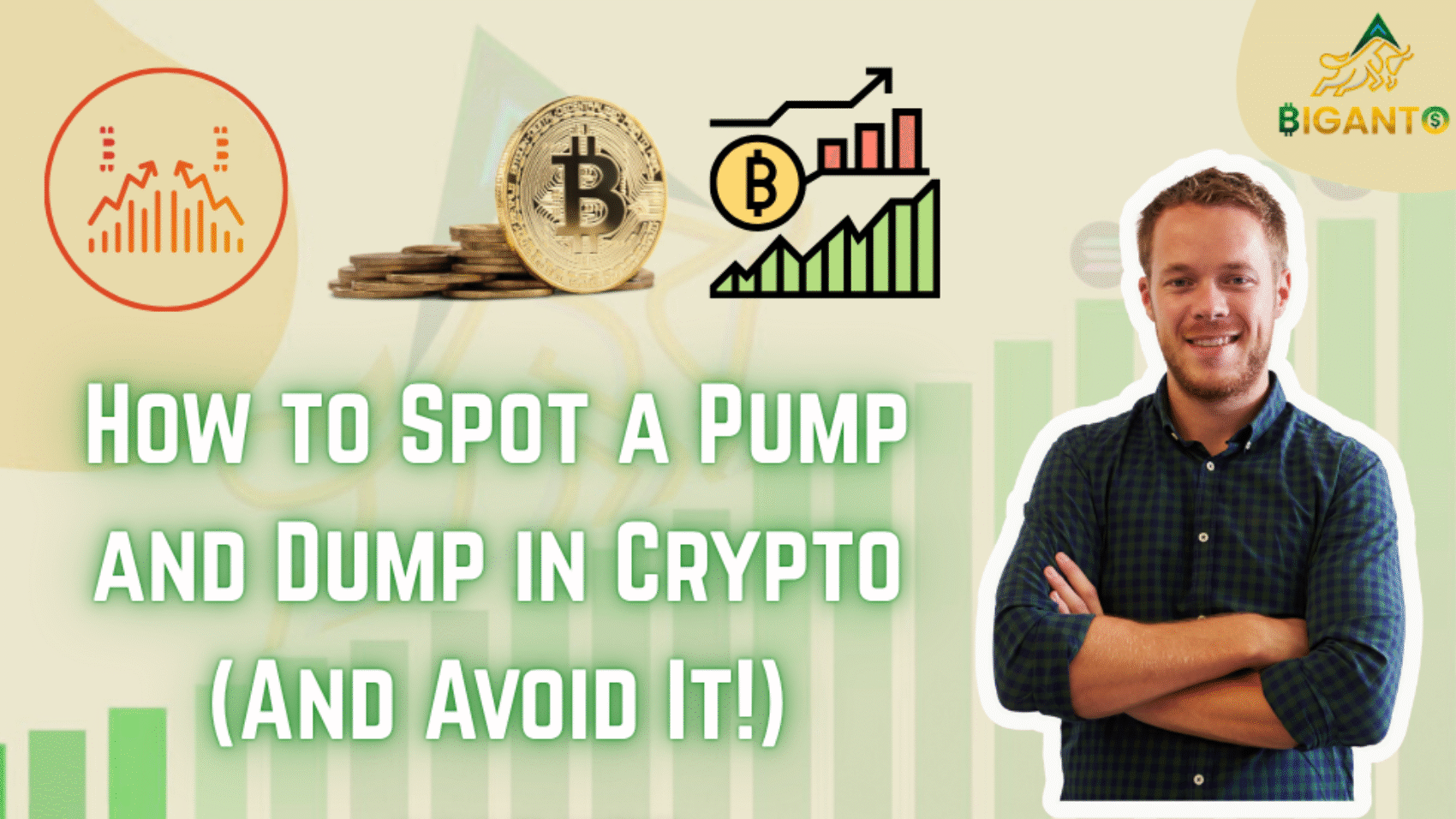You might’ve seen it before: a random coin starts trending, influencers call it the next “100x moonshot,” prices soar overnight… and then—boom—crash. The hype vanishes. The charts bleed red. And many investors are left wondering what just happened.
Welcome to the world of Pump and Dump.
In this blog, we’ll break it all down in simple terms:
- What exactly is a pump and dump?
- How does it work in the crypto space (and even in traditional stocks)?
- What red flags should you watch out for?
- And most importantly—how can you protect yourself from getting scammed?
We’ll walk you through the shady tactics scammers use, the role of social media in fueling the hype, and how thousands of unsuspecting investors end up holding worthless coins.
What is Pump and Dump?
Pump and Dump is a type of scam where a group of people work together to make the price of a cheap coin go up very fast (this is called the “pump”). They do this by spreading hype, fake news, or big promises to get others excited and start buying.
Once the price goes high enough, the scammers sell all their coins at the top (this is the “dump”), and as a result, the price crashes quickly. The people who bought in late are left with huge losses.
This kind of scam is illegal in the stock market, but since the crypto world is not fully regulated, it still happens often. It’s sneaky, unfair, and can be very dangerous for new investors.
Common Types of Pump and Dump Schemes in Crypto
Not all pump and dump scams look the same. Some are planned quietly behind the scenes, while others use flashy social media tricks or fake projects. Let’s look at three common types of pump and dump scams you should watch out for:
1. Classic Pump and Dump
This is the most common type, where a group secretly buys a low-cap coin and then spreads fake hype to pump the price. As more people start buying in out of FOMO, the price skyrockets. Once it peaks, the original group sells off their holdings, causing the price to crash and leaving others with losses.
2. Social Media Pump and Dump
In this type of scam, fraudsters use platforms like Twitter, Telegram, or Instagram to spread fake news, exaggerated claims, or misleading hype about a particular crypto or stock. The goal is to create FOMO and push more people to buy. Once the price goes up due to all the hype, the scammers quickly sell their holdings, causing the price to crash and leaving others with heavy losses.
3. Rug Pull
A rug pull happens when developers launch a fake crypto project, build hype, and attract investors. Once enough money flows in, they pull out all the liquidity or sell a huge amount of tokens. The price crashes instantly, and the developers disappear—leaving investors with worthless coins.
Real-World Example
The $SQUID Token Scam In 2021, a cryptocurrency called $SQUID—inspired by the hit Netflix series Squid Game—suddenly gained massive attention online. The token wasn’t officially linked to the show, but clever branding and a wave of social media hype helped it go viral. Influencers, meme pages, and fake news articles promoted it as the next big crypto, pushing the price up by over 75,000% in just a few days.
People rushed to invest, thinking they were early to a unique opportunity. But in reality, it was a classic social media pump and dump. The developers had secretly coded the project so no one could sell their tokens—except themselves. Once enough investors had bought in and the price peaked, the creators pulled all the funds and disappeared, crashing the token’s price to near zero within minutes.
It was a perfect example of how scammers use social media buzz and FOMO to trap investors and run away with the money.
Red Flags:
Low Market Cap & Low Volume- Scammers prefer smaller coins because they’re easier to manipulate. A coin with under $1 million in daily volume is a prime target.
Lack of information- If you can’t find any information about a company or its products, this could be a red flag. Pump and dump fraudsters often create shell companies or use obscure assets to make it difficult for investors to do their due diligence.
Huge price swings- If you see a coin that is experiencing huge price swings with no apparent reason, this could be a sign of a pump and dump scheme.
Misleading information- Be skeptical of any information that seems too good to be true. Pump and dump fraudsters often make false or misleading statements about a company’s financial health, products, or industry.
How to Avoid Pump and Dump Schemes?
1. Be Cautious with Small-Cap Cryptos Avoid investing in low-market-cap cryptocurrencies or assets with low trading volume and liquidity. These are easy targets for manipulation and are commonly used in pump and dump schemes. If something seems too cheap or too hyped, take a step back and research thoroughly.
2. Use Stop-Loss Orders Always have an exit strategy. Using stop-loss orders can help protect your investment by automatically selling your holdings if the price drops below a certain point. This minimizes your losses and prevents emotional decision-making during sharp market moves.
3. Diversify Your Portfolio Never put all your money into one coin or asset. Spread your investments across different asset classes like stocks, bonds, cryptocurrencies, and commodities. Diversification helps reduce risk—so even if one investment performs poorly, others can help balance your portfolio.
4.Don’t Rely on Anonymous “Tips” Never trust “signals” from Telegram or WhatsApp groups that promise guaranteed returns. If it sounds too good to be true—it probably is.
Is Pump and Dump Illegal?
Yes, pump and dump schemes are considered illegal in many jurisdictions because they involve deliberately manipulating the price of an asset using false or misleading information. This kind of activity violates securities and anti-fraud laws, and those involved can face serious legal consequences, including fines and criminal charges.
Beyond the legal risks, these schemes often result in heavy financial losses for unsuspecting investors who get caught in the trap. That’s why it’s crucial for anyone investing in cryptocurrencies to understand how pump and dump scams work, recognize the warning signs, and always invest with caution.
Conclusion
Pump and dump schemes may seem like shortcuts to quick profits, but they often lead to painful financial losses. These scams thrive on hype, fear, and the lack of regulation in many crypto markets—tricking investors into buying overpriced tokens before the inevitable crash.
The smartest way to protect yourself is to think long-term, do your own research, and never invest based purely on online hype. If a coin is suddenly skyrocketing and you don’t understand why—it’s usually better to pause and investigate than to jump in blindly.
In the end, pump and dump is a fraudulent and unethical strategy that manipulates asset prices for the benefit of a few, while leaving many others in financial ruin. Whether you’re investing in stocks, crypto, or any digital asset, always proceed with caution—because markets can be volatile, unpredictable, and often manipulated.

